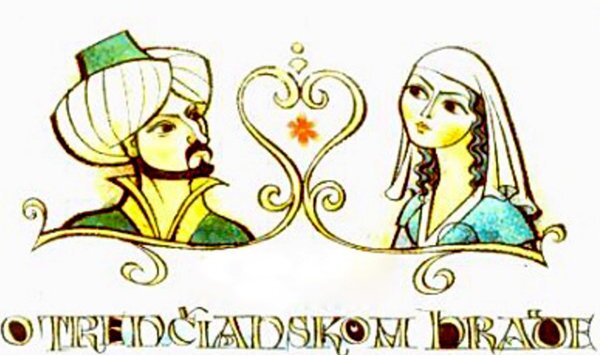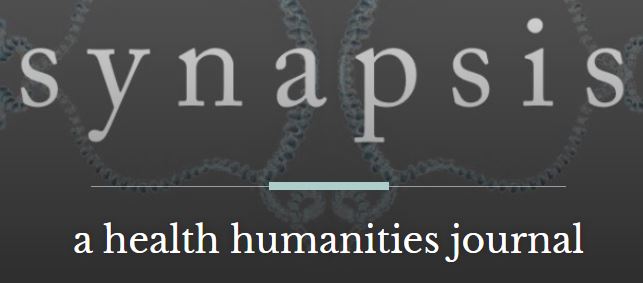
1219 International Affairs Building, Columbia University; Virtual Attendance available
Harriman Institute, East Central European Center
Institute for Comparative Literature and Society
1219 International Affairs Building
420 W 118th St, 12th Floor
Reserve your seat for the event here.
For Zoom attendance, use the link here.
This is a hybrid (in-person/virtual) event. Registration required for attendance. Please note that all attendees must follow Columbia’s COVID-19 Policies and Guidelines. Columbia University is committed to protecting the health and safety of its community. To that end, all visiting alumni and guests must meet the University requirement of full vaccination status in order to attend in-person events. Vaccination cards may be checked upon entry to all venues. All other attendees may participate virtually on Zoom or YouTube.
Please join the East Central European Center and the Harriman Institute for a talk with Charles Sabatos. Moderated by Christopher Harwood.
The Ottoman invasions of the early modern period are among the historical events that have been most often portrayed in Central European folk traditions and literature. A unique example is the legendary “well of love” at Trenčín Castle in western Slovakia, supposedly dug by the Turkish Omar in order to free his beloved Fatima, held in captivity by the Hungarian count Stephen Zápolya, who ruled Trenčín in the 1490s. Despite its “historical” setting, this story was first published in German in the early nineteenth century by Hungarian nobleman Alois Freiherrn von Mednyánszky (who may have created the legend himself). Introduced to English readers by the traveler John Paget only a decade later, the tale entered Slovak literature almost simultaneously with the codification of the modern Slovak literary language by Ľudovíť Štúr, whose brother Karol wrote the verse adaptation (still in Czech) “A Monument to Love” in 1844, followed by their friend Mikuláš Dohnány’s poetic version “The Well of Trenčín” in 1846. Although the story’s events and characters (other than Zápolya) are fictional, and historians agree that the well was dug by sixteenth-century Austrian soldiers rather than a noble Turk, it remains today the most popular tourist attraction in Trenčín and one of the most enduring love stories in Slovak culture. This paper will analyze the textual reproduction of this legend in relation to shifting definitions of national identity in the nineteenth-century Habsburg Empire.

Charles Sabatos is a professor at Yeditepe University in Istanbul, where he lectures on Slavic, American, and comparative literature. His research focuses on transnational contexts of Central European literature, particularly Slovak and Czech. His monograph Frontier Orientalism and The Turkish Image in Central European Literature was published by Lexington Books (2020) and he is co-editor of the collected volume in progress, Home and the World in Slovak Writing: A Small Nation’s Literature in Context.







